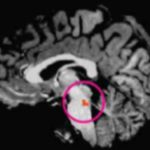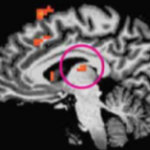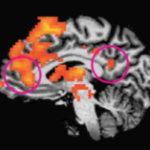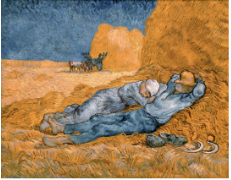
Vincent Van Gogh The Siesta, 1890 Musee d’Orsay
“You can look at a picture for a week and never think of it again.
You can also look at a picture for a second and think of it all your life.”
Joan Miro
While not everyone enjoys much or all types of art, most people at some point in their lives see a painting and experience a pleasurable feeling. It may be the subject matter, the colors, the strokes, the medium, or simply the reminder of an experience or memory… regardless it’s an aesthetic experience.
But what brain process activates this aesthetic experience and why do we have them? There is no functional use to a painting, and no value for survival or basic need. However, it is a hedonistic experience that I, at least, choose to engage in. Neuroaesthetics is a new field of study to understand these brain processes.
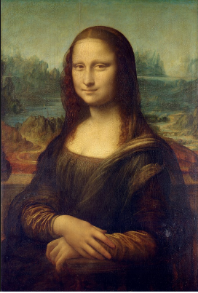
Leonardo da Vinci Mona Lisa, 16th century The Louvre
It turns out that there may be stages to an aesthetic experience. If a visual image is just mediocre, the pleasure increases for a few seconds, plateaus, and then decays slowly. If a visual image is exceptional, pleasure increases and persists.
It turns out that when someone looks at a piece of art, their brain processing lasts many seconds so a functional MRI scan can capture what’s happening. As such, functional imaging shows different brain regions responding to unpleasant, pleasant or exceptional artwork.
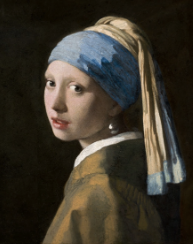
Johannes Vermeer Girl with a Pearl Earring 1665 Mauritshuis
Studies have been performed in which participants are presented different paintings and asked to rate them. Specifically, nonrecognizable painting are used to avoid simple recognition. Participants range from novices to experts.
During the initial exposure to a painting, reward areas of the brain are stimulated. This stimulation is directly proportional to the degree of appreciation. If the piece is just mediocre, then the activity eventually suppresses and returns to baseline. However if the piece is especially moving and stronger engagement persists, an area called the “default mode network” (DMN) region is exponentially activated and counteracts the suppressive effect. Therefore, the aesthetic experience seems to directly be correlated to the DMN.
| Expectedly, people’s opinions on individual paintings vary. However the brain areas controlling the aesthetic reactions are pretty constant. This appears to be the DMN, consisting of the anterior and medial prefrontal cortex, posterior cingulate cortex and left hippocampus.
The areas are known to be associated with contemplation, evaluation and self-assessment. Interestingly, the DMN normally is inactive when we are externally stimulated or other tasks demand our attention. The DMN requires inward focus and ignorance of everything else going on. A notable painting pulls us in as we mentally interact with it. This is a relatively rare, but exciting, brain state. Research is needed whether the DMN is involved in just visual art or aesthetic experiences in general. |
|
Images taken from:
Vessel E. The brain on art: intense aesthetic experience activates the default mode network. Frontiers in Human Neuroscience. 6:66 2012.
References
Vessel E. The brain on art: intense aesthetic experience activates the default mode network. Frontiers in Human Neuroscience. 6:66 2012.
Belfi A. Dynamics of aesthetic experience are reflected in the default-mode network. NeuroImage 188:584-597, 2019

